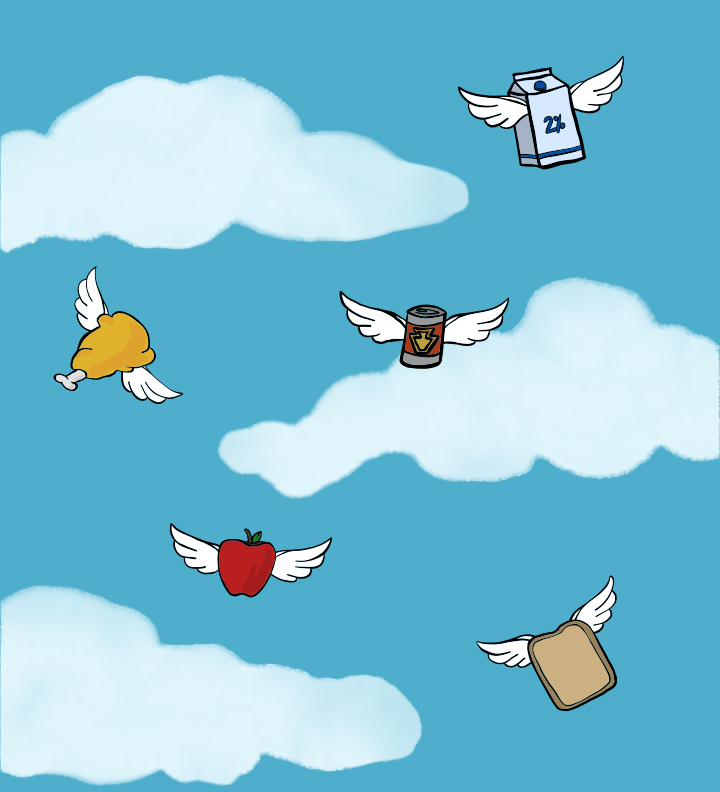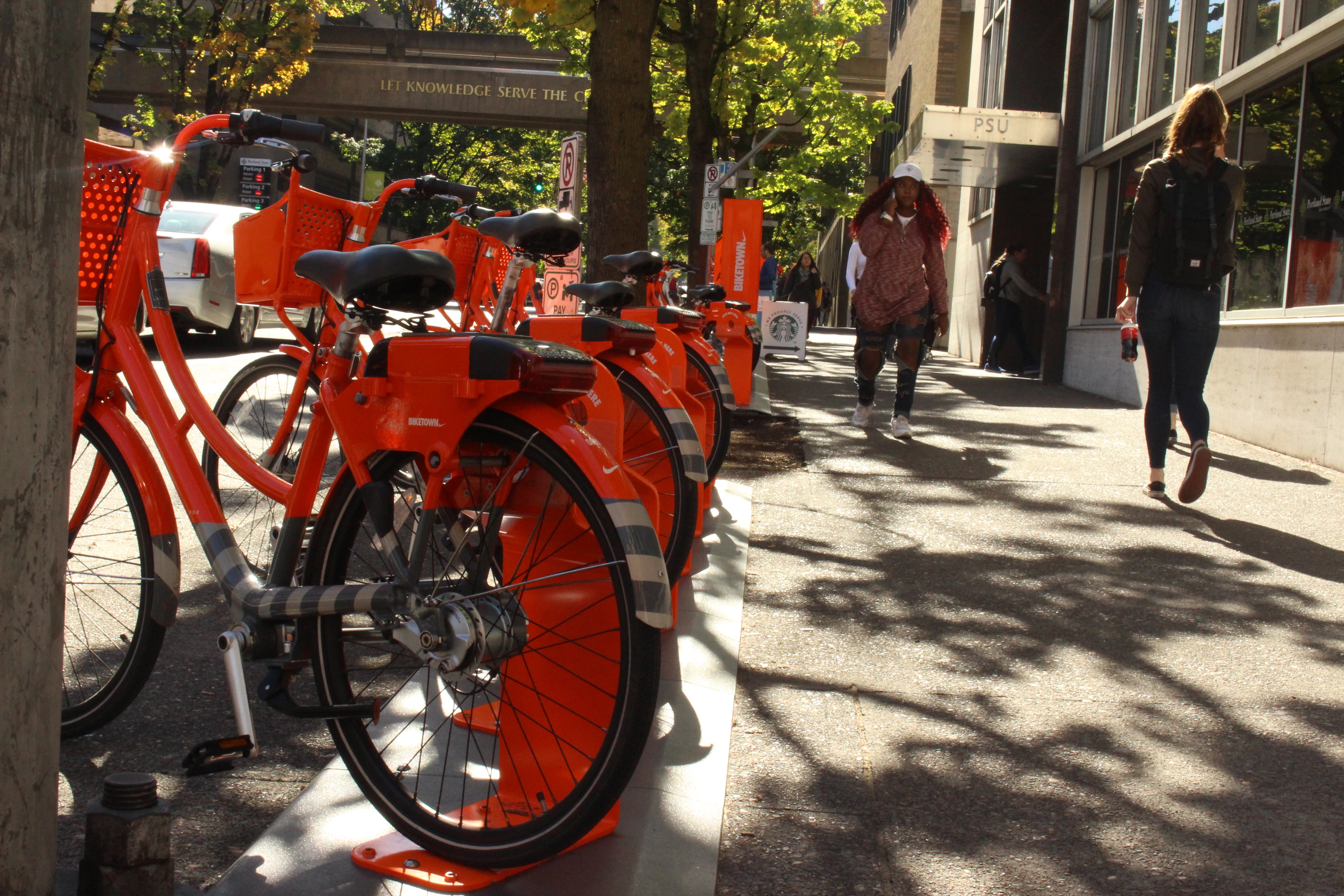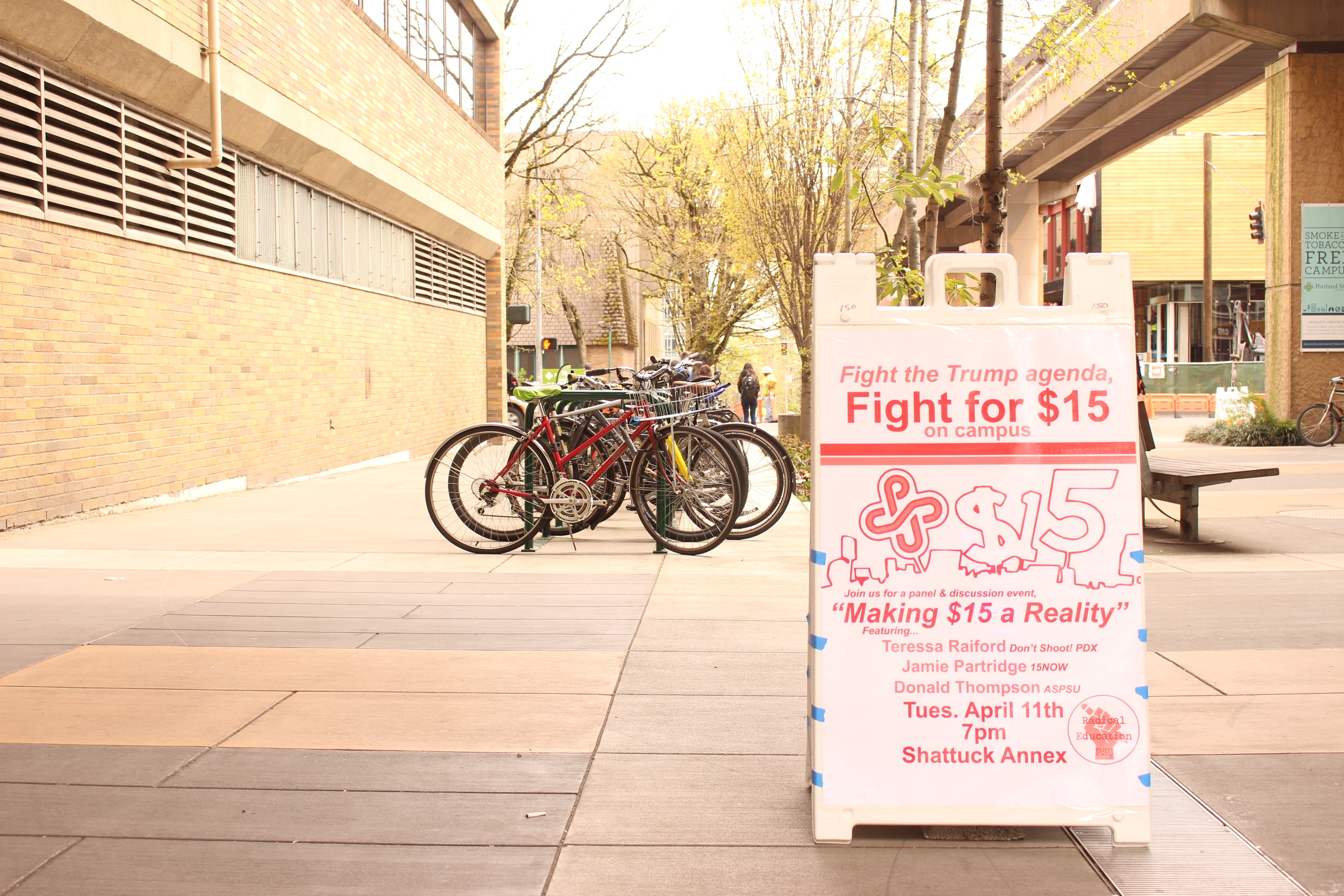History doesn’t repeat itself, but it sure does rhyme.
The high inflation and high gas prices we see today bring echoes of the 1980s, when the oil embargo started, and of 1981, when inflation numbers were close to 13.5 percent. When the Federal Reserve Chairman at the time, Paul Volcker, was hired to reduce inflation, he raised interest rates until unemployment reached 9.7 percent. In his memoirs he wrote about the death threats he would get on a daily basis, but his mantra was “keep at it.” At the time, many doubted the effectiveness of the interest rate hikes to as much as 14 percent, but eventually it did bring inflation down—after the 1981-1982 recession of course.
Inflation affects most things in our lives; from food to energy, and even the re-election of the President. No President has been re-elected to office during high inflation—even the most popular like the peanut farmer Jimmy Carter.
So, what is inflation and why does it matter? Inflation is the increase in pricing of consumer goods over a period of time. It has caused the downfall of many civilizations, like the Weimar Republic in Germany, Yugoslavia, China, Hungary, Venezuela and others. In the United States, one of the prime directives of the Federal Bank is to curb high inflation. It is this reason why we’ve seen the Fed raise interest rates over the last six months. The Federal Reserve has raised interest rates three times by as little as 0.75 percent to 3.15 percent, which influences all rates under which money is borrowed. A great example of this is the thirty-year mortgage rate, which has gone from 3.5 percent to nearly 7 percent at the time of this writing.
Some analysts don’t see our current inflation going down until interest rates are hiked above what current inflation is, which would mean that the thirty-year mortgage rate has to get above the current inflation rate of 8 percent. However, some analysts believe that inflation is dropping as we speak and we do not need another Federal Reserve interest rate hike.
To get a good picture of what is going on right now, it is important to understand some of the history of inflation, and what is at stake when it comes to food inflation. It is also important to note that housing inflation is not included in the Consumer Price Index (CPI). Since housing and rent increases aren’t included in these numbers, that means that inflation is much higher than what the government is telling us.
Inflation only leads to more inflation. It is a vicious cycle that was only interrupted by 14 percent interest rates during the last period in the early 1980s. The gas and oil crises that we now find ourselves in bring echoes of the crisis from forty years ago.
To steal a line from Game of Thrones, “winter is coming,” and it is not going to be pretty. With gas prices likely to continue going up, inflation inevitably has no choice but to rise. Energy prices affect everything around us.
Chicken, the long budget-friendly meat option for price-sensitive families, rose 18.6 percent in June, according to Kiplinger’s Personal Finance magazine. The chicken tendies are flying high, but most of these increases are due to the increase in gas prices. The fact that most of our food comes from over a hundred miles away from its final destination affects everything.
Russia is one of the countries with the most oil reserves, and oil reserve numbers determine the energy the world is going to run on. The sanctions due to their war on Ukraine are going to have a lasting effect on a world that has grown far too dependent on fossil fuels.
A recent federal report estimated that supply shortages counted for half of higher prices, and not much can be done about supply chain shortages from China. Electricity costs rose 13.7 percent in June, which makes sense considering over half of the power plants in this country run on natural gas and oil.
It wasn’t too long ago when going out to dinner meant a fifty-dollar bill for fine dining, but now I find myself spending that before drinks at Panera Bread. Don’t get me started at Dave’s Hot chicken at twenty-three for two people or four dollars for a donut at Blue Star.
Don’t even mention going to the movies—everyone is streaming. Netflix is now adding an ad-supported option for half the price. That is a red flag for high inflation. Who ever thought Netflix would have advertisements?
Why is all this happening? According to the Washington Post, the Federal Reserve has increased the total money supply by 40 percent in the last two years.
In combination with the lockdowns in the manufacturing hubs of China, the war in Ukraine, and the increase in gas prices, and you have

a perfect storm of price increases across the board. Not to mention that Ukraine is a major exporter of grain. Food inflation anyone? But why stop there? Rent and housing increases are soaring as well.
If you think this is a doom and gloom article, that’s because it is. Because what is coming could be even worse. The dreaded “stagflation” occurs when high unemployment meets high inflation when everyone has a job and prices just keep going up. This will lead to companies giving out higher raises, leading to more inflation, which leads to more raises, higher prices, starting an everlasting cycle that can only be brought down by brutal interest rate increases.
Why should anyone care about interest rate increases? Rate increases are important because of how they affect interest expense—the money a company spends on interest. It separates the losers from the winners. The inability to borrow at close to 0 interest rates is a killer for most companies, as it reduces margins and causes cash flow to become insufficient to meet monthly and quarterly forecasts. This in turn causes the stock market to go down. Not to get too far into the economics of it, but this will cause a stock market crash and then a recession.
Soon you will start to hear the term “soft landing” everywhere. This kind of verbiage just means that there won’t be a full-blown recession because of the interest rate increases done by the Federal Reserve. Bear in mind these were the same people who said inflation was “transitory.”
Now, is a “soft landing” possible? The short answer is yes. The long answer is probably not, given the non-transitory nature of the inflation and the fact that rent and housing prices aren’t included in the CPI numbers.
It is scary to read about the last time this happened because inflation rose to 14 percent and peak interest rates were around 20 percent during Ronald Reagan’s presidency. He was able to tame inflation, and guess what? He got re-elected. 8 years later it was back down to 4.1 percent. If you are guessing this caused a recession, you would be correct. Summer of 1981-1982 unemployment rose to 9.7 percent and GDP fell by close to 2 percent.
What does all this mean for today? It means buckle up, because the interest rate increases haven’t even started yet. And if inflation is at around 8 percent it has a long way to go to catch up to 1980s inflation of 13.5 percent.
One big difference is the employment rate we have right now with low unemployment at around 4 percent. But is inflation just a sign of what’s to come or are we at peak inflation?
If I had to guess, this is only the beginning. It took eight years to tame inflation in the early 80s—who is to say that will not happen again? Are we so sure that we have avoided such a fate?
The numbers tell me we are in the middle of the battle of inflation—to be continued. It is not winter yet, when most natural gas is used for heating. After more than six months, the conflict in Ukraine still rages on. Will it last the winter and into next spring? Not a doubt in my mind, but only time will tell.
In conclusion, prepare yourself, because if you haven’t paid 10 percent on a mortgage, you haven’t lived.




